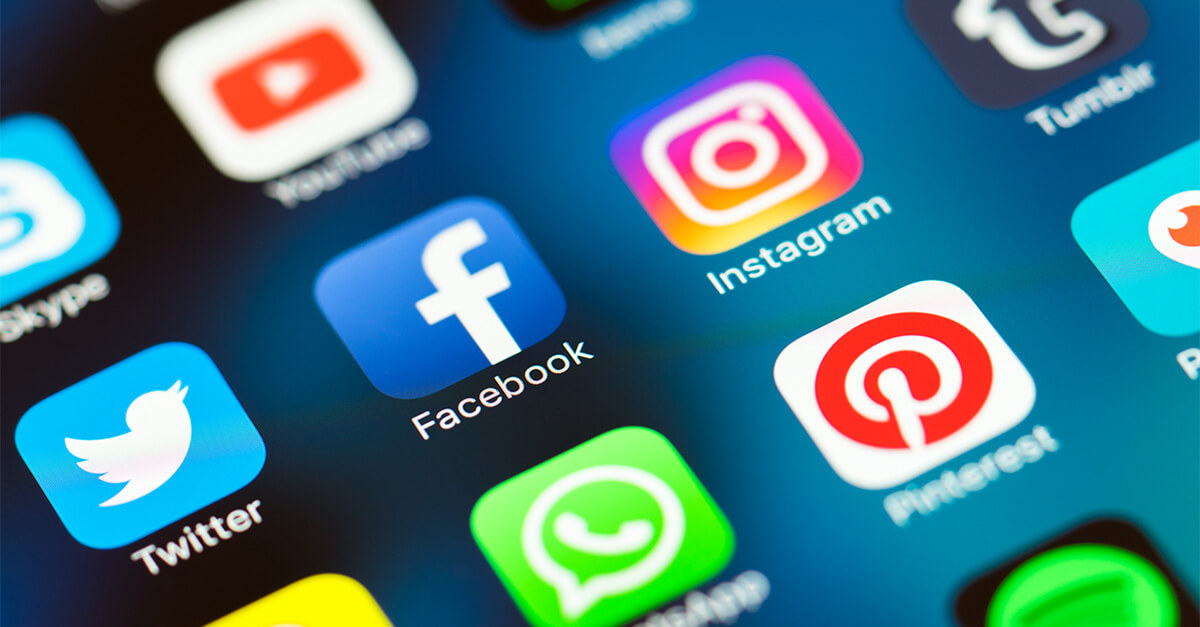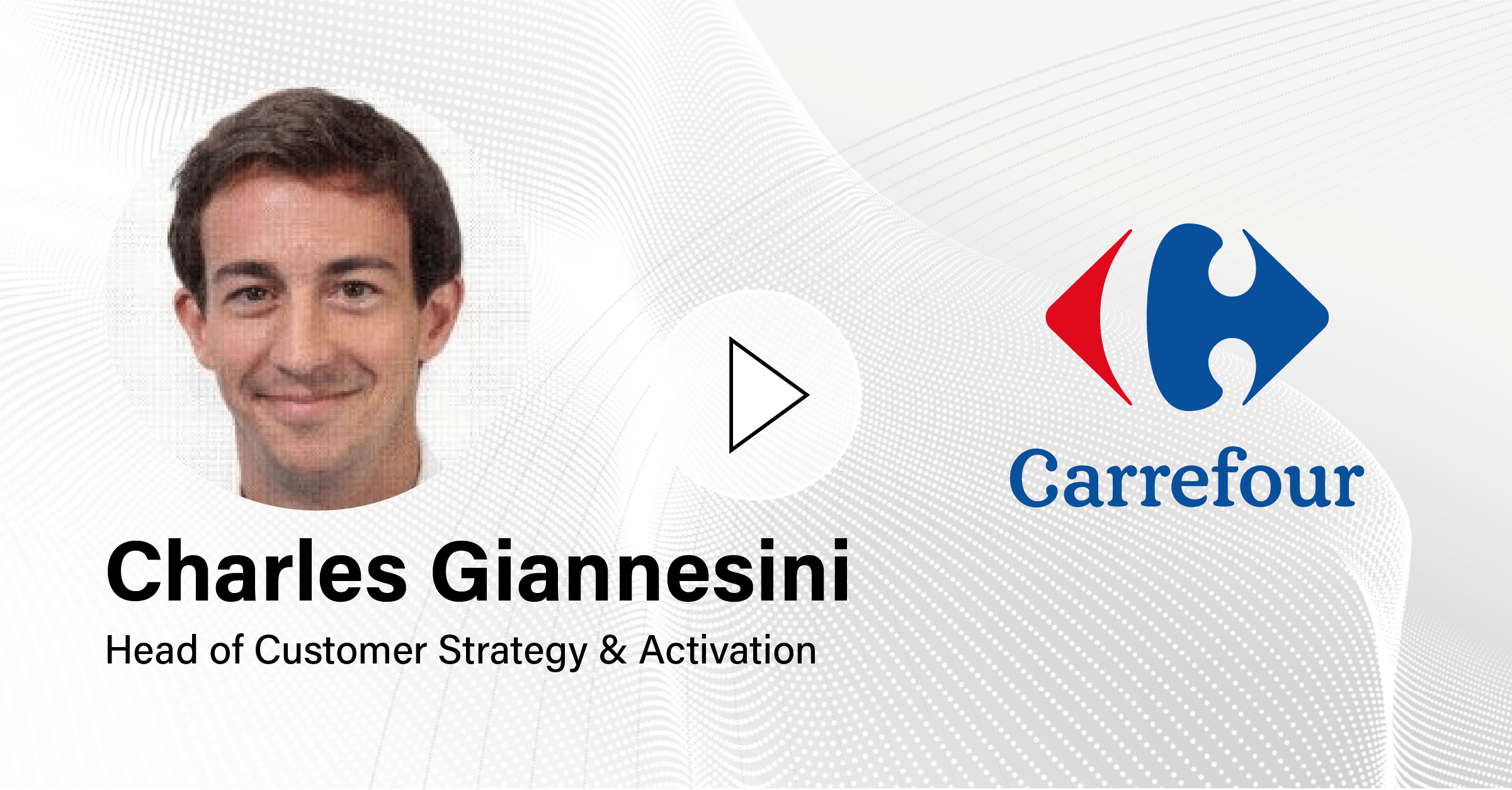Healthcare industry players—from insurers and other types of payer organizations to providers and even pharmaceutical and biotech firms—are exploring Generative AI to improve customer engagement and care. From better patient communication to new drug discovery, the use cases for Generative AI in healthcare are vast.
Consider the opportunities to improve communication and engagement with patients using Generative AI. Insurers and health providers often encounter communication challenges due to a lack of patient engagement, HIPAA privacy concerns, or too much red tape. Generative AI in healthcare can help deliver more, and more relevant, communication to inform healthcare consumers and motivate actions that lead to better outcomes.
Beyond improving engagement between patients and payers or providers, organizations are embracing the potential to revolutionize diagnosis and treatment, as well as drug discovery and innovation using Generative AI to fill out or analyze the information in electronic health records (EHR).
Let’s look in more detail about the opportunities to use Generative AI in healthcare and what organizations are already doing.
What is Generative AI and how can it benefit healthcare organizations?
Generative AI leverages natural language processing models to produce text or images based on simple prompts. The voice assistants on your smartphone represent some of the most familiar applications of this technology. With the 2021 launch of OpenAI’s “large language model” (LLM) called GPT-3—Generative Pre-trained Transformer-3—hundreds of companies now have access to Generative AI to build applications that can generate content (e.g. Jasper.ai, Copy.ai) or images (e.g., Midjourney). OpenAI itself has also built a variety of tools. These include the conversational tool ChatGPT, the image generator DALL-E, and the computer code generator Codex. Persado is an enterprise Generative AI platform that generates language that motivates customer action. Persado is not based on GPT-3. Instead, our platform includes a proprietary language model and knowledge base built over 10 years exclusively on enterprise marketing language—more on that later.
GPT-3 and others like it (all of the Big Tech firms have an LLM) were built for general purpose language processing and generation. Over time, however, innovators have been leveraging different AI techniques to adapt the generic language model for specialized purposes. Healthcare is one such sector.
As companies gain more experience and LLMs continue to get more sophisticated, Generative AI will change the healthcare industry. One way is through improved digital content journeys for patients and health consumers. Machine learning tools can analyze large amounts of healthcare data to identify patterns in healthcare usage, health risks, and behaviors. Payer and provider organizations can leverage these insights to develop specific communications that nudge patients to take healthy actions. In this way, Generative AI for healthcare engagement and delivery to positively impact business outcomes.
Here are some straightforward provider- or payer-to-patient contexts in which Generative AI can help in healthcare:
1. Increase Enrollment
By providing useful information and timely reminders, Generative AI in healthcare can boost policy enrollments, especially during the busy open-enrollment period. For example, content that highlights policy changes or necessary steps policyholders need to take can boost engagement and timely action. While you have the health consumer’s attention, you can prompt them to schedule a flu shot or update their information.
The speed with which healthcare teams can generate text using Generative AI also allows you to create different versions catered to distinct health consumer segments. For example, an employee with young children requires different options than someone close to retirement. With more personalized messages, companies create outreach at scale that educates and motivates members to self-manage their health. This approach can lead to better outcomes while reducing the total cost of care.
2. Boost Digital Self-Service
A strong digital engagement program builds relationships and solves problems for past, current, and potential policyholders or health consumers. Leveraging your organization’s social channels to share information and improve the customer experience promotes loyalty.
For example, using digital channels, healthcare companies can empower consumers with the resources they need to find a doctor, file a claim, or print new insurance cards.
Developing a clear digital engagement strategy starts with identifying what behaviors you want to motivate, setting actionable objectives, and tracking key progress along the way. Aligning organizational objectives and customer expectations is key. With Generative AI, healthcare organizations can make progress toward increased engagement with:
- Clear information and easy access to user-friendly tools
- Special incentives that reward clients for taking actions that can improve their health
- Personalized content that supports every stage of the customer journey
Journey-based digital communication campaigns offer one way to provide health education and inspire healthy actions. These include scheduling preventive screenings to prescription adherence to important appointment reminders.
3. Promote Wellness Initiatives & Diagnose Diseases Earlier
AI-generated messages that sound the right note at the right time through the right channel can motivate people to take action. Even seemingly minor changes in habits, accumulated over time, can improve health outcomes. That benefits the individual, and it can decrease demand for low-value healthcare services. More confident and empowered patients become more proactive about their health and initiate care management. Providers and pharmaceutical companies benefit by better understanding how self-directed interventions improve the bottom line and long-term patient health.
With data compiled from common diagnostic tests, like electrocardiograms and echocardiograms, providers could potentially diagnose diseases more accurately and prevent delays in care.
For example, pulmonary hypertension (PH) and cardiac amyloidosis are two progressive and often-fatal diseases. Despite readily available treatments, both conditions remain misdiagnosed early on because their respective symptoms mimic those of more common diseases.
To help provide better outcomes, Johnson & Johnson teamed up with collaborators Anumana and Mayo Clinic for pulmonary hypertension, and Ultromics Ltd. and Atman Health for cardiac amyloidosis to develop Generative AI algorithms designed to detect these diseases sooner.
Paige.ai is another Generative AI startup company focused on diagnosis using Generative AI for cancer pathology detection and analysis. It was the first company to receive FDA approval for AI use in digital pathology and looks to integrate this data into patient electronic health records.
4. Better Digital Healthcare Adoption
As healthcare increasingly moves into the home, AI-based insights and communication can empower people to take care of their own health and well-being. Patients will be able to stay connected with health services through remote patient monitoring that triggers AI-generated communications. These connected services could help thousands of patients stay out of the hospital.
5. More Personalized Treatment Plans
With Generative AI in healthcare, doctors and other healthcare providers benefit from powerful tools to analyze medical data and make more accurate diagnoses and personalized treatment plans. Using Generative AI, care providers can more easily create communication journeys that include emails, texts, and even print resources to help patients stay compliant with their prescription or treatment regimens.
Achieving continuity of care could get easier by using GenAI to summarize discharge information and follow-up needs for post-acute care, generating care summaries for referrals, and synthesizing specialist notes for primary-care physician teams.
6. Large Language Models Designed for Medical Research
The first five examples of Generative AI in healthcare focus on the ways that Improved digital communication with patients may transform the healthcare industry. Other potential use cases reach beyond patient engagement to leverage language and imaging data for diagnostics and interventions.
In January 2023, Google announced that it had developed a specialized version of its PaLM large language model called MedPaLM, trained on medical information to answer medical questions.
Similarly, the AI technology provider Nvidia engaged in a public-private partnership with researchers at the University of Florida to develop a health-focused large language model trained on data in electronic health records from the University of Florida health systems. The result was the largest known large language model designed specifically to evaluate the content in clinical records.
7. More Options in Biopharma Research
Clinical drug process remains complex. From ideation to launch, the cycle can take up to 12-15 years and cost upwards of $1 billion. Generative AI could speed up some clinical procedures.
Pharmaceutical companies have for the past decade leveraged AI to speed drug discovery. Research from McKinsey & Company has identified nearly 270 companies working in the AI-driven drug discovery industry. AI helps determine the most promising compounds and targets at every step of the value chain. The companies that use it successfully end up conducting fewer experiments in the lab to produce the same number of leads.
Generative AI promises to expand the application of AI in healthcare with LLMs trained to read and even generate novel protein sequences—a key use case in drug discovery. Nvidia has also developed an LLM cloud-based service for this purpose.
Even more recently, Bayer Pharmaceuticals has been leveraging Generative AI solutions, like Google Cloud’s Vertex AI and Med-PaLM 2, to expedite the drug trial process. This technology can help researchers more easily identify and correlate data, comb through large swaths of research data for possible connections, and automate the time-intensive tasks of drafting communications and language translation.
Challenges
As developers leverage medical information to train Generative AI applications, protecting identifying health information becomes more essential. Insurance firms, healthcare providers, and health research facilities must adhere to HIPAA and other federal and state privacy regulations.
Furthermore, the use of AI has the potential to exacerbate medical biases or issues in health equity. For example, the National Institutes of Health discovered that AI can help to identify the precise demographics or environmental areas with high frequency for certain illnesses or high-risk behaviors. Yet certain medical conditions are also more common in people who live in poverty, which also corresponds with zip codes. A diagnostic AI such as this could make errors by over-weighting the zip code associations and under-weighting details in the patient record that signal other issues.
Of course, medical bias and inequity is common in human-led processes as well. This applies not only to the diagnostic challenges but also to bias that exists in healthcare communications. Using Generative AI creates the potential that health organizations will scale those biases. Preventing that risk should be a key priority.
To mitigate these risks, leaders can create risk and legal frameworks that govern the use of GenAI in their organizations. Data security, bias and fairness, and regulatory compliance and accountability should be integral components.
How Persado helps you use Generative AI for healthcare
Healthcare communication is not created equal. Many Generative AI platforms frame their value proposition around speed—namely, the ability to produce more outputs faster. Their purpose is scale, not customer engagement or improved health outcomes.
Persado is different.
Persado Motivation AI is an enterprise Generative AI platform that generates messages that motivate patients to take action.
Motivation is the link connecting what a customer wants or needs to actions. Persado content is specifically designed to help patients, members, and healthcare consumers meet various health objectives. That includes scheduling and attending preventive screenings, talking to a specialist, enrolling in the patient portal, or signing up for a care management program.
Healthcare organizations have already seen impressive results using the Persado Motivation AI Platform. Examples include:
- A health insurer leveraged Persado for a campaign promoting free biometric screenings as part of its wellness programs, achieving a 28% engagement lift.
- A health insurance provider sent an email to inform policyholders about automatic prescription refills. This resulted in major savings and prevented people from running out of their medications.
- Health insurer Humana achieved double the standard response with an autumn campaign promoting the flu shot. The result was a 100% engagement increase.
- A national insurance provider improved the efficacy of their app store descriptions to engage new users. It achieved a 66% increase in app downloads.
Want to learn more about Generative AI in healthcare? Book a demo to learn how you can deliver better outcomes and strengthen digital relationships with the Persado Motivation AI Platform and PerScribed healthcare solution.



